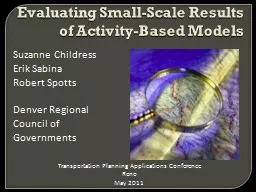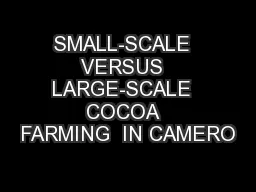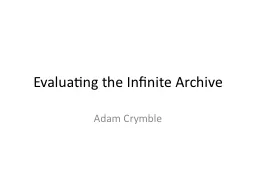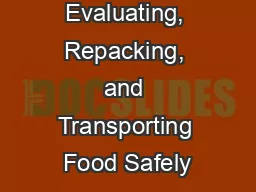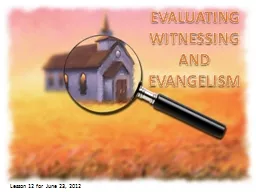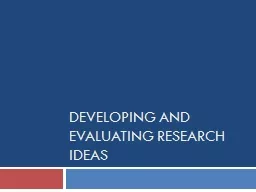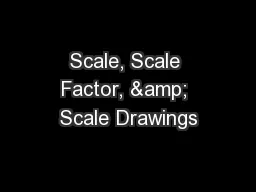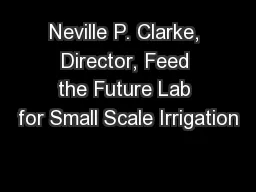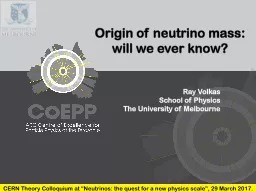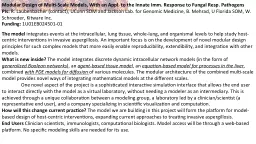PPT-Evaluating Small-Scale Results of Activity-Based Models
Author : natalia-silvester | Published Date : 2018-03-17
Suzanne Childress Erik Sabina Robert Spotts Denver Regional Council of Governments Transportation Planning Applications Conference Reno May 2011 Denver 2010 Pop
Presentation Embed Code
Download Presentation
Download Presentation The PPT/PDF document "Evaluating Small-Scale Results of Activi..." is the property of its rightful owner. Permission is granted to download and print the materials on this website for personal, non-commercial use only, and to display it on your personal computer provided you do not modify the materials and that you retain all copyright notices contained in the materials. By downloading content from our website, you accept the terms of this agreement.
Evaluating Small-Scale Results of Activity-Based Models: Transcript
Download Rules Of Document
"Evaluating Small-Scale Results of Activity-Based Models"The content belongs to its owner. You may download and print it for personal use, without modification, and keep all copyright notices. By downloading, you agree to these terms.
Related Documents

